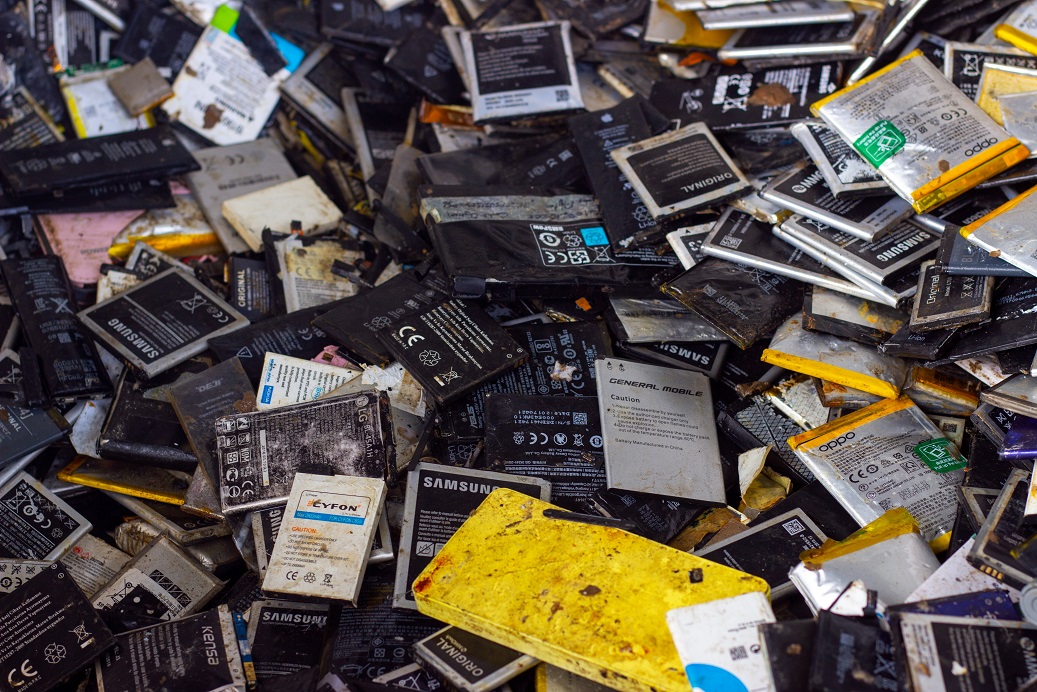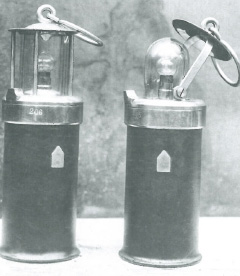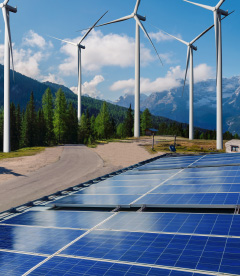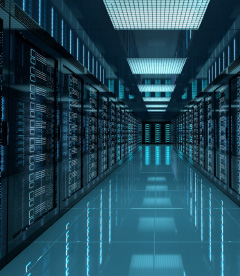Li-Ion Cells Are Difficult to Recycle. And It’s a Bigger Problem Than You Think
Sustainability
May 10. 2023
2 min.
With the increasing demand for consumer electronics and electric cars, the volume of end-of-life lithium-ion batteries is increasing as well. And the problem of recycling them is becoming ever more acute.

Batteries and accumulators are hazardous waste. They contain toxic substances such as heavy metals like lead, mercury and cadmium. But poisonous lithium and alkalis are also a threat to human health. Batteries take an estimated 200 to 500 years to decompose in nature. While most types of batteries can be recycled, some are easier to recycle than others.
For example, lead automotive batteries are approximately 75 percent recyclable, and overall lead recycling rates approach 100 percent. However, because lead is a highly toxic substance and its processing can cause severe pollution, one ranking makes lead recycling the most hazardous industrial process worldwide. It is estimated that between 2,000,000 and 4,800,000 years of individual human life have already been lost as a result of it.
Lithium-ion and lithium-iron-phosphate batteries (LiFePO4) are not as dangerous, but often contain a range of other useful metals besides lithium itself, notably high-grade copper and aluminum, plus the transition metals cobalt, manganese and nickel, and rare earths. Highly efficient recycling processes are thus needed to avoid future shortages. Currently, recycling processes recover only around 50 percent of the lithium-ion battery cell. Above all, however, only a few Li-ion batteries ever make it to recycling.
Batteries with birth certificates
The term lithium or lithium-ion batteries covers a wide range of different battery types. They contain different cable harnesses, bus bars and electronics. They consist of different modules and cells. There are also many different types of fasteners, including various screws, adhesives, sealants and soldering. There is also a difference in chemical composition. While the electrolyte is a lithium salt in an organic solvent and the anode is made of carbon, the cathode can have different chemical compositions and structures, resulting in different battery properties.
Thus, the problem is that every Li-ion battery is different in some way, from size and construction to composition, which logically complicates their recycling. In order to ensure that the recycler knows exactly which type of Li-ion cell they are working with, the European Commission is preparing a regulation whereby each battery should have a kind of birth certificate. This would be, for example, in the form of a QR code, which would tell you the carbon footprint, where and when the battery was manufactured and, above all, its chemical composition.
All hopes on hydrometallurgy
For the time being, however, Li-ion batteries are being recycled manually, so employees have to measure their voltage one by one. If a battery still has 'juice' in it, it must be discharged in a special facility for safety reasons. Only then are the batteries taken apart. The plastic or metal casing is cut open, individual cells are removed by hand and taken on a belt to a shredder. From the resulting shredded material, pieces of iron, aluminum and copper scrap are gradually separated, leaving a black powder. This contains cobalt, manganese, lithium and carbon compounds.
The black powder is processed either thermally (pyrometallurgy) or chemically (hydrometallurgy). Pyrometallurgy is an older type of recycling that is used today for lead-acid batteries found in combustion cars. In the case of lithium-ion batteries, this process is not very efficient, recovering only about 50 percent of the cell's total material mass.
A newer type of processing is the so-called hydrometallurgical processing, where carbonates, hydroxides or sulfides of the individual metals contained - lithium, manganese, nickel and cobalt, for example - are obtained by leaching. These, once purified, correspond to what is extracted from mining and can be freely added to the material in the manufacture of new batteries. However, this technology alone will not bring about much change, as the entire lifecycle of Li-ion batteries would need to be optimized, starting with their collection.
According to the American Chemical Society, only 5 percent of lithium-ion cells are currently recycled worldwide. If we are not to run out of lithium soon while we are wading through mountains of discarded Li-ion batteries, closely integrated recycling mechanisms will have to be put in place. This requires political will, cooperation from electronics and other technology manufacturers, and, not least, an understanding of the seriousness of the situation on the part of the consumer.
Did you know that...Recycling Ni-Cd batteries, on the other hand, is relatively easy, even though Ni-Cd batteries may also contain different ratios of relevant materials - industrial cells are 6 percent cadmium, while consumer Ni-Cd batteries contain 18 percent of this element. With that said, at least as far as GAZ cells are concerned, both cadmium and nickel are recycled nearly 100 percent. As of April 2023, there are six large recycling plants located in Europe, the United States and Asia, capable of recycling approximately 20,000 megatons of Ni-Cd cells. |




